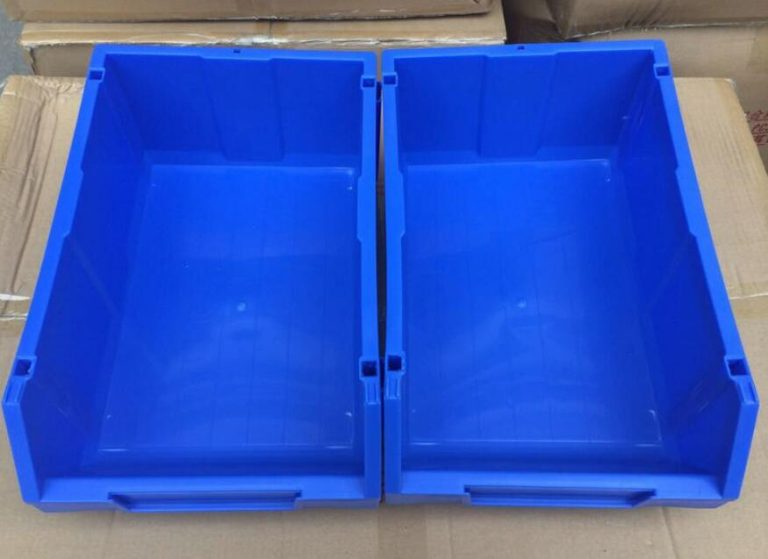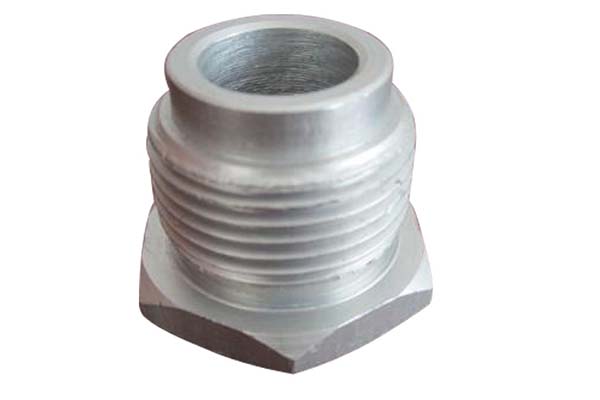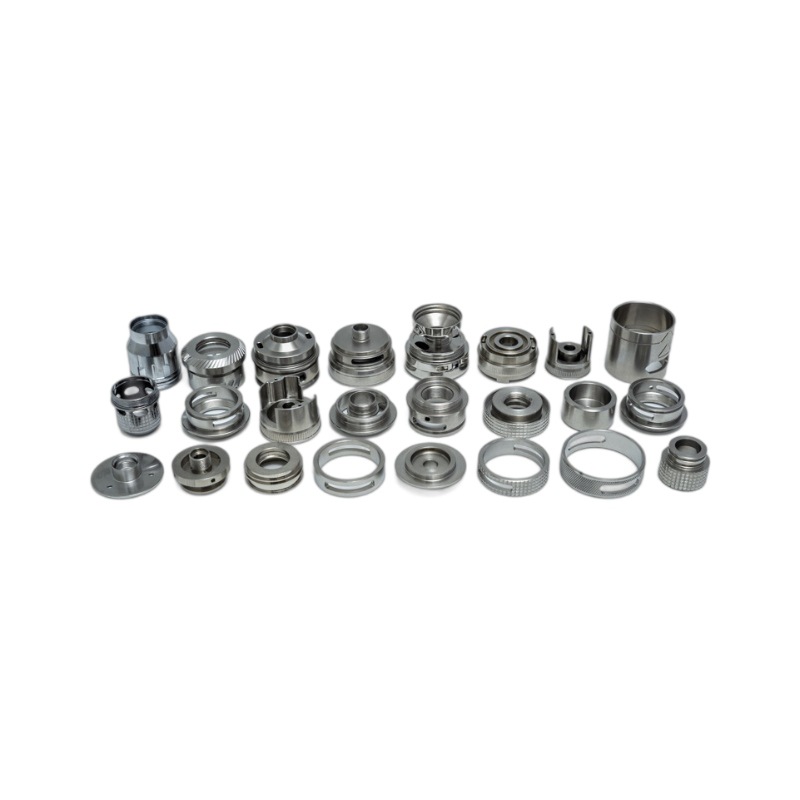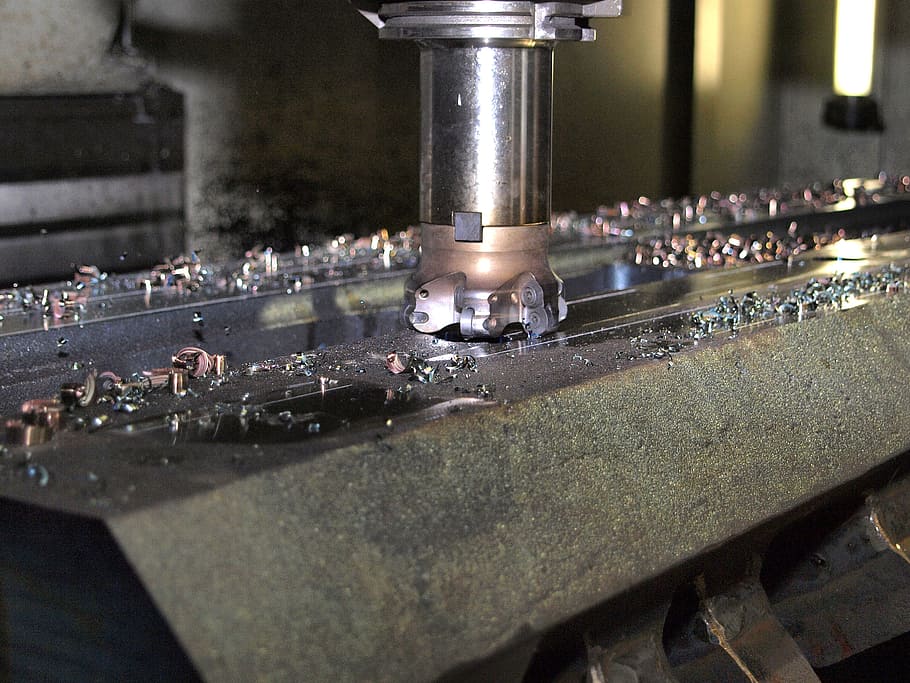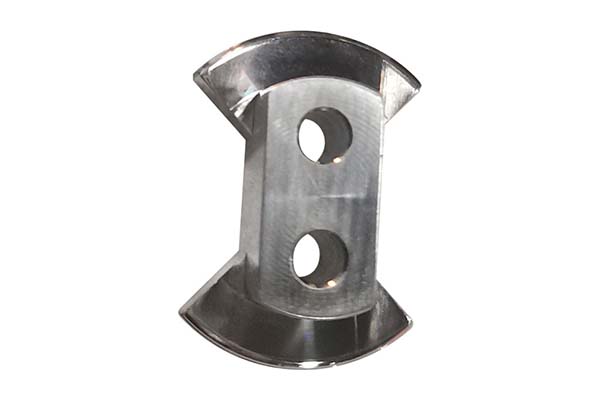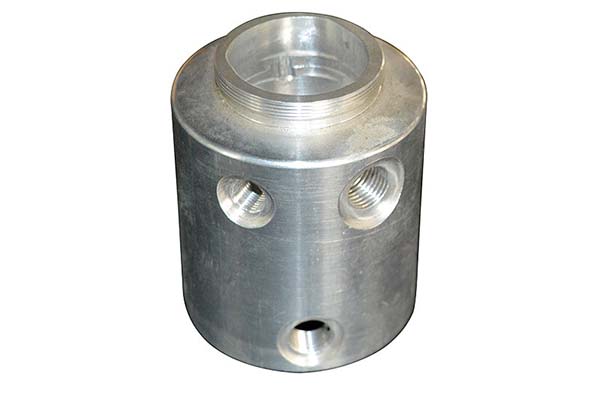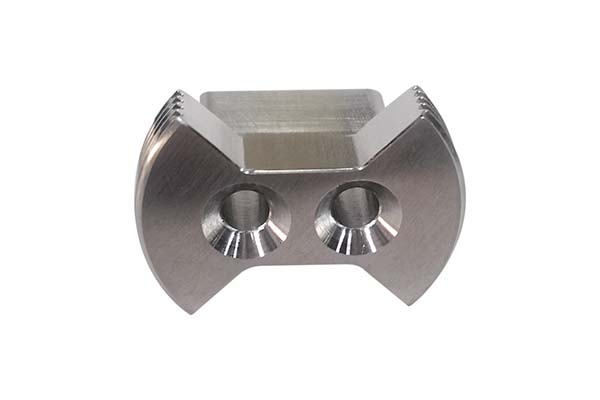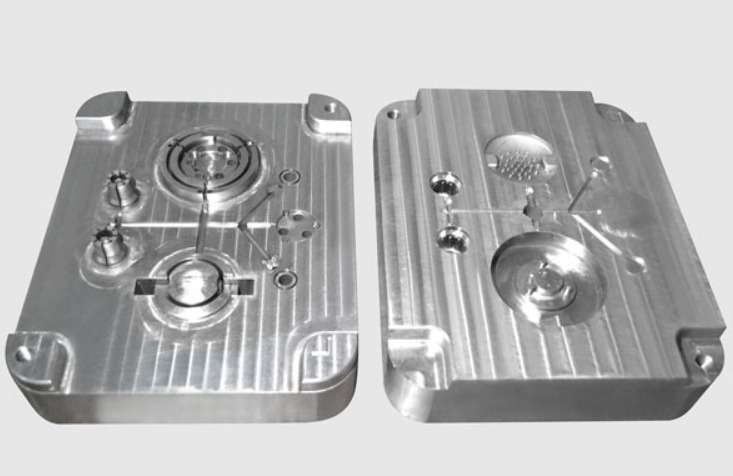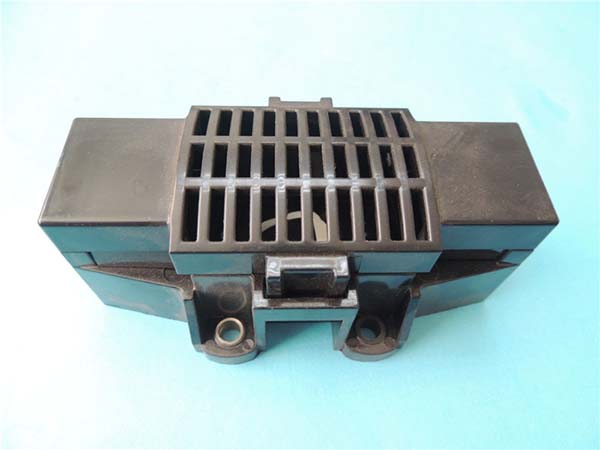Introduction
The Allure of Nano Mirror Machining
Nano mirror machining, with its creation of surfaces smoother than the finest traditional mirrors, has become a highly sought - after technology in modern manufacturing. The allure of nano mirror machining lies in its ability to achieve an ultra - smooth surface finish, typically with a surface roughness in the nanometer range. For example, in the optical industry, components such as high - precision lenses and mirrors require such smooth surfaces. A surface roughness of less than 1 nanometer can significantly reduce light scattering. This results in higher - quality optical signals in fiber - optic communication systems and sharper images in high - end cameras and telescopes.
In the electronics field, nano - mirror - finished semiconductor wafers can improve the performance and reliability of microelectronic devices. The smooth surface reduces the resistance and capacitance between different layers of the circuit, enabling faster signal transmission and lower power consumption. In addition, in the field of high - end medical devices, nano - mirror - machined components can enhance biocompatibility, reducing the risk of immune responses when implanted in the body.
CNC Milling: A Brief Overview
CNC milling, short for Computer Numerical Control milling, is a subtractive manufacturing process. It is one of the most versatile and widely used techniques in modern manufacturing. In CNC milling, a rotating cutting tool removes material from a workpiece as it moves along multiple axes (usually X, Y, and Z axes). This process is controlled by a computer program, which precisely dictates the tool's movement, speed, and depth of cut.
The applications of CNC milling are extensive. In the aerospace industry, it is used to produce complex and high - precision components such as turbine blades and engine casings. These parts need to be made with extreme accuracy to ensure the safety and efficiency of aircraft engines. In the automotive industry, CNC milling is employed to manufacture engine blocks, transmission components, and other parts that require tight tolerances for optimal performance. It is also commonly used in the production of molds for plastic injection molding, allowing for the creation of intricate and high - quality plastic parts for various consumer products. CNC milling is a cornerstone of modern manufacturing, providing the precision and flexibility required to meet the demands of a wide range of industries.
The Principle of CNC Milling in Nano Mirror Machining
Fundamental Working Mechanism of CNC Milling
At its core, CNC milling is a subtractive manufacturing process that relies on a computer - controlled system to manipulate a rotating cutting tool. This tool moves along multiple axes, typically the X, Y, and Z axes in a three - dimensional space, to remove material from a workpiece.
The process begins with the creation of a 3D model of the desired part using computer - aided design (CAD) software. This model serves as the blueprint for the entire milling process. Subsequently, computer-aided Manufacturing (CAM) software converts the CAD model into instructions that the machine can understand, which is commonly known as G-code. These G - codes precisely define the movement of the cutting tool, including its position, speed, and the depth of each cut.
The spindle, which holds the cutting tool, rotates at high speeds, often ranging from a few hundred to tens of thousands of revolutions per minute (RPM). The workpiece is securely clamped onto the machine's worktable. As the spindle rotates, the cutting tool engages with the workpiece, and the material is gradually removed in the form of small chips. For instance, in a typical CNC milling operation for a metal workpiece, if the spindle rotates at 5000 RPM and the cutting tool has a diameter of 10 mm, the linear speed at the outer edge of the cutting tool can be calculated using the formula \(v=\pi DN/1000\) (where \(v\) is the cutting speed in m/min, \(D\) is the diameter of the tool in mm, and \(N\) is the spindle speed in RPM). Substituting the values, we get \(v=\pi\times10\times5000/1000 = 157.08\) m/min.
The coordinate system in CNC milling is based on the Cartesian coordinate system. The machine's control system uses this coordinate system to precisely locate the position of the cutting tool relative to the workpiece. Each movement of the tool along the X, Y, or Z axis is accurately measured and controlled, allowing for extremely precise machining. This fundamental mechanism forms the basis for all CNC milling operations, whether it's for creating simple geometric shapes or complex, high - precision components.
Specific Principles for Nano Mirror Machining
When it comes to nano mirror machining, the principles of CNC milling are taken to an even higher level of precision. One of the key aspects is the ultra - precise control of the tool path. In traditional CNC milling, the tolerance might be in the range of micrometers, but for nano mirror machining, the tolerance needs to be in the nanometer range.
The cutting tools used in nano mirror machining are often specially designed with extremely sharp edges and high - quality materials. For example, diamond - coated tools are frequently employed due to their high hardness and wear resistance. These tools can remove material in extremely small amounts, often in the form of atomic - level or molecular - level removal. This precise material removal is crucial for achieving the ultra - smooth surface required for nano mirror machining.
Another important principle is the control of cutting parameters. The cutting speed, feed rate, and depth of cut need to be optimized to an extraordinary degree. The cutting speed might be carefully adjusted to a very specific value to minimize the heat generated during the cutting process. Heat can cause thermal expansion and contraction of the workpiece, which could disrupt the nano - scale precision. For instance, in some nano mirror machining operations on optical materials, the cutting speed might be set to a few meters per minute, much lower than in typical CNC milling for non - precision applications.
The feed rate, which is the distance the tool moves per revolution of the spindle, is also finely tuned. A slow and steady feed rate ensures that the material is removed evenly, without creating any sudden changes in the surface texture. The depth of cut is typically extremely small, often in the nanometer range. By making such small and precise cuts, the surface of the workpiece can be gradually refined to achieve the mirror - like finish characteristic of nano mirror machining. These specific principles, combined with advanced machine control systems and high - precision equipment, enable CNC milling to achieve the remarkable results required for nano mirror machining.
Technical Difficulties in Achieving Nano Mirror Machining with CNC Milling
Ultra - Precision Requirements
Achieving nano mirror machining with CNC milling faces extreme ultra - precision requirements. In nano mirror machining, the surface roughness needs to reach the nanometer level. For example, in high - end optical applications, the surface roughness of components like mirrors and lenses is often required to be less than 10 nanometers, sometimes even as low as 1 - 2 nanometers.
This poses a huge challenge to CNC milling equipment and processes. The positioning accuracy of the CNC milling machine's axes must be extremely high. In traditional CNC milling, the positioning accuracy is usually in the range of micrometers (μm), but for nano - level machining, it needs to be improved by several orders of magnitude to the nanometer (nm) level. Any tiny deviation in the movement of the axes can lead to surface irregularities that are unacceptable in nano mirror machining. Additionally, the repeatability of the machine's movement also becomes crucial. Even the slightest variation in the tool's path during repeated operations can accumulate errors and result in a surface that does not meet the nano - mirror standards.
Material - handling Difficulties
Different materials present various difficulties in nano mirror machining. For example, when dealing with hard materials such as tungsten carbide, their high hardness makes it challenging to achieve the required surface finish with CNC milling. The high hardness can cause rapid tool wear, and it becomes difficult to remove material in the nanometer - scale increments necessary for nano mirror machining.
On the other hand, soft and ductile materials like some aluminum alloys can also pose problems. They tend to adhere to the cutting tool, forming built - up edges. This not only affects the accuracy of the cut but also leads to an increase in surface roughness. The material's toughness also plays a role. Materials with high toughness may require higher cutting forces to remove material, which can be difficult to control within the nano - level precision requirements. Each material has its unique set of properties, and understanding and addressing these material - specific challenges is crucial for successful nano mirror machining with CNC milling.
Solutions to Overcome the Difficulties
Advanced Equipment Upgrades
To meet the precision requirements of nano mirror machining, significant upgrades to CNC milling equipment are essential. One of the key upgrades is the adoption of high - precision servo motors. These motors offer extremely accurate positioning control. For example, some high - end servo motors used in nano - level CNC milling can achieve a positioning accuracy of within ±1 nanometer. This high - precision positioning ensures that the cutting tool moves precisely along the desired path, minimizing any deviation that could affect the surface finish.
The stability of the machine tool structure also plays a crucial role. A more stable machine tool structure can reduce vibrations during the machining process. Vibration is a major factor that can cause surface roughness in nano mirror machining. Manufacturers are now using advanced materials and design techniques to enhance the stability of the machine tool. For instance, some CNC milling machines are constructed with high - strength, vibration - damping alloys. These alloys can absorb and dissipate vibrations, providing a more stable platform for the machining operation. Additionally, the use of advanced damping systems, such as active vibration control systems, can further reduce vibrations. These systems use sensors to detect vibrations in real - time and then apply counter - forces to cancel out the vibrations, ensuring a smooth and stable machining process.
Tool Optimization Strategies
Tool optimization is another critical aspect of achieving nano mirror machining with CNC milling. Selection of cutting tool materials is of utmost importance. Diamond - coated tools are highly preferred for nano mirror machining due to their exceptional hardness and wear resistance. Diamond is one of the hardest materials known, with a hardness of around 10 on the Mohs scale. This high hardness allows the diamond - coated tool to maintain its sharp edge for a longer time during the machining process. As a result, it can remove material in a more precise and consistent manner, contributing to the achievement of a nano - smooth surface.
Tool coating also plays a significant role in tool performance. In addition to diamond coatings, other coatings such as titanium nitride (TiN) and titanium carbide (TiC) can be used. These coatings not only enhance the tool's wear resistance but also reduce friction between the tool and the workpiece. Reduced friction leads to less heat generation during the cutting process, which is crucial for maintaining the nano - level precision. Heat can cause thermal expansion and contraction of the workpiece, which may result in surface irregularities.
Optimizing the Tool geometry is also necessary. Tools with extremely sharp edges and precise geometries are designed to achieve the fine - scale material removal required for nano mirror machining. For example, the rake angle and clearance angle of the cutting tool are carefully adjusted. A proper rake angle can improve the cutting efficiency and reduce the cutting force, while an appropriate clearance angle can prevent the tool from rubbing against the workpiece surface, which could otherwise increase the surface roughness. By optimizing these geometric parameters, the tool can cut the material more precisely, enabling the creation of a smooth surface at the nanometer scale.
Material - specific Processing Techniques
Different materials require specific processing techniques to achieve nano mirror machining with CNC milling. For soft materials like some polymers, special cutting parameters need to be set. Since soft materials are more prone to deformation during the cutting process, a lower cutting speed and a higher feed rate are often used. A lower cutting speed helps to reduce the heat generated during cutting, which can cause the soft material to melt or deform. For example, when machining a soft polymer material, the cutting speed might be set to 5 - 10 m/min, which is much lower than the typical cutting speed for harder materials.
On the other hand, a higher feed rate can ensure that the material is removed in a more continuous and uniform manner. However, the feed rate cannot be too high, as it may also cause the material to chip or break. So, a careful balance needs to be struck. In addition, for soft materials, the cutting tool may need to have a larger cutting edge radius to prevent excessive stress concentration, which could lead to material tearing and a rough surface finish.
For hard and brittle materials such as ceramics, a different approach is required. A higher cutting speed and a lower feed rate are usually employed. The high cutting speed allows the tool to quickly remove small amounts of material, while the low feed rate helps to prevent the material from cracking due to excessive stress. For example, when machining a ceramic material, the cutting speed could be set to 50 - 100 m/min, and the feed rate might be as low as 0.01 - 0.05 mm/rev. Additionally, the use of coolant during the machining process is crucial for hard and brittle materials. Coolant can help to dissipate heat, reduce friction, and flush away the small chips produced during cutting, ensuring a clean and precise machining operation. By tailoring the processing techniques to the specific properties of different materials, CNC milling can effectively overcome the material - handling difficulties and achieve high - quality nano mirror machining.
Yigu Technology's Perspective
As a non - standard plastic metal products custom Supplier, Yigu Technology has rich experience in CNC milling. In our practice, we've found that achieving nano mirror machining with CNC milling requires a combination of top - notch equipment, high - quality tools, and in - depth material understanding.
We have invested in advanced CNC milling machines with high - precision positioning systems. These machines can meet the ultra - precision requirements of nano mirror machining to a large extent. For example, in some plastic product processing, by using diamond - coated tools and strictly controlling the cutting parameters according to the material properties of plastics, we have successfully achieved relatively smooth surface finishes close to the nano - mirror level.
Regarding the future of this technology, we are optimistic. With the continuous development of industries such as optics and electronics, the demand for nano mirror - machined components will only increase. We will continue to explore and innovate in CNC milling for nano mirror machining, aiming to provide more high - quality customized products to meet the diverse needs of our customers.
